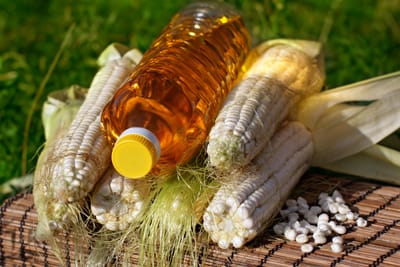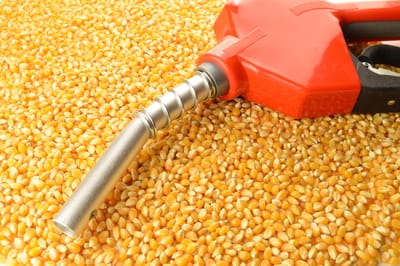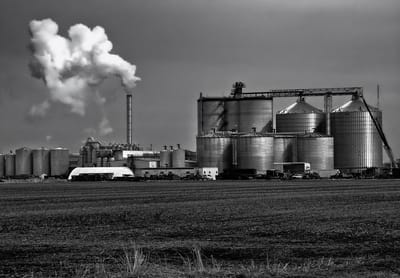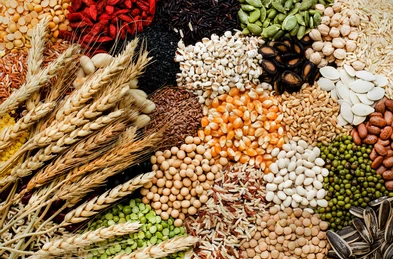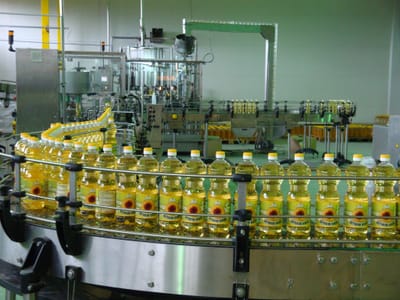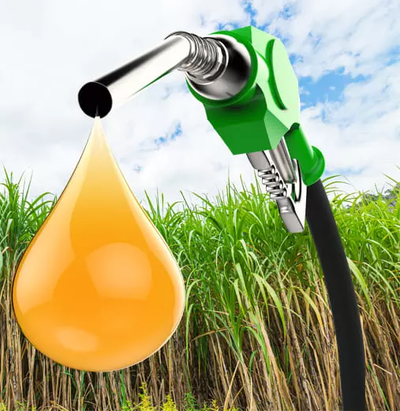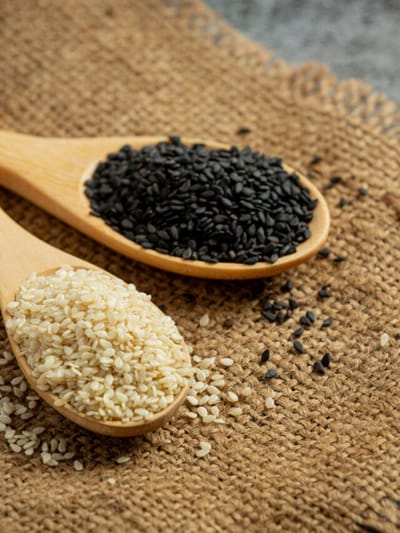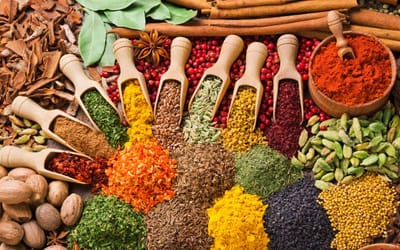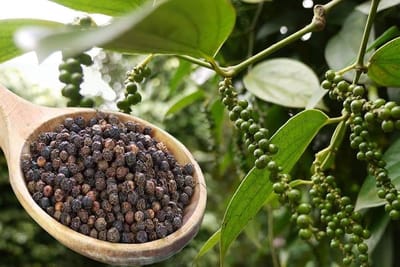ARTICALS 1 #Export
According to sources, the US boasts of huge surpluses of all three commodities and is pushing to ease entry barriers as part of the deal. If the US has its way, it could have repercussions for farmers in Madhya Pradesh, Maharashtra, Telangana, and Andhra Pradesh. But, the most immediate impact could be in Bihar, which goes to polls later this year.
Read MoreDr H.S. Jat, Director of ICAR-Indian Institute of Maize Research, outlined ambitious productivity goals, stating that maize production must grow at 8-9 per cent annually to achieve 65-70 million tonnes by 2030, supporting India’s ethanol blending target of E30. He highlighted that whilst ethanol currently consumes 18-20 per cent of maize production, the sector requires improved starch content in hybrids to enhance ethanol recovery from the current 38 per cent to 42 per cent. The institute is developing high-yielding varieties capable of 10-11 tonnes per hectare in rabi-spring seasons and 7-8 tonnes in kharif, with enhanced fermentable content of 64-65 per cent. He emphasized that the site specification mechanization is required to achieve the desired goals from seed to seed.
Read MoreThe Oil Marketing Companies (OMCs) invited a tender for around 49 crore litres of ethanol for Q4 (August – October 2025) of Ethanol Supply Year 2024-25. Now, the allocation has been completed, matching the quantity initially tendered.
Read MoreIndia’s Kharif crop sowing has gained significant momentum, with the total area covered crossing 597.86 lakh hectares as of July 11, 2025, according to the Agriculture Ministry’s latest data. This marks an increase of 37.27 lakh hectares compared to the same period last year, when was recorded at 560.59 lakh hectares. Rice, India’s staple crop, has recorded a major jump in sowing, with 123.68 lakh hectares already covered, nearly 12 lakh hectares more than the previous year. Pulses have also seen a strong rise, particularly Moong, which increased by nearly 11 lakh hectares. The total pulses acreage now stands at 67.09 lakh hectares, up from 53.39 lakh hectares in 2024. However, the area under Arhar has slightly declined.
Read MoreNew Delhi [India], July 15 (ANI): Indian edible oil refiners are set to see their revenues decline 2-3 per cent on-year to Rs 2.6 lakh crore this fiscal due to lower realisations, even as volumes grow 2.8-3.0 per cent on-year, according to the credit rating agency Crisil Ratings.
Read MoreIndia’s gross sugar production for the 2024–25 sugar season (SS25) is projected to fall by approximately 15% year-on-year, reaching between 29.0 and 29.5 million tonnes, according to India Ratings and Research (Ind-Ra) in its latest Agro Commodity Watch report.
Read MoreThis is a serious issue,” the official said. This official added that these concerns stem from India becoming import dependent for a grain that it typically exports. In fact, India had become a net importer of maize briefly in September 2024 for the first time in decades due to higher diversion of the grain for ethanol blending.
Read MoreThrough the National Oilseeds Enhancement Program (NOEP), Pakistan expanded sesame cultivation from around 139,400 ha in 2022 to about 399,500 ha by early 2024—an increase of 187%—while average yield rose from 442 kg/ha to ~750 kg/ha (≈ 69% increase) Reddit+15PID+15homelandcommodities.com+15. Production scale-up Sesame output grew from around 34,000 tonnes in 2016 to approximately 301,000 tonnes in 2023, with yields climbing from ~448 kg/ha to ~752 kg/ha
Read MoreThe global organic spice market share analysis is experiencing a significant surge, fueled by an escalating consumer demand for natural, healthy, and sustainably sourced products. Projected to reach a remarkable USD 11.3 billion in 2025, the market is anticipated to continue its robust expansion, exhibiting a Compound Annual Growth Rate (CAGR) of 4.5% from 2025 to 2035. This growth underscores a fundamental shift in consumer preferences towards cleaner, greener culinary choices and a broader commitment to environmental responsibility.
Read MoreSmallholders with stored stock from prior seasons are reaping gains during this price upswing. Continued high prices through the next season (e.g. Onam period) could help farmers recover losses from past low-price years. However, inconsistent prices, unclear land ownership (lack of registration for auctions), and limited irrigation remain obstacles for equitable benefit-sharing.
Read More